There is probably no need to remind you of Apple's transition from Intel processors to Apple Silicon. Currently, the world's first Apple Silicon chip is the M1. In any case, the aforementioned chip is already found in three Apple computers, namely in the MacBook Air, Mac mini and 13″ MacBook Pro. Of course, Apple tries to sell its new machines to users as much as possible, so it constantly highlights all the positive aspects of the mentioned processors. The biggest disadvantage, however, is that Apple's Silicon chips run on a different architecture compared to Intel's, so it is necessary for developers to modify and "rewrite" their applications accordingly.
It could be interest you
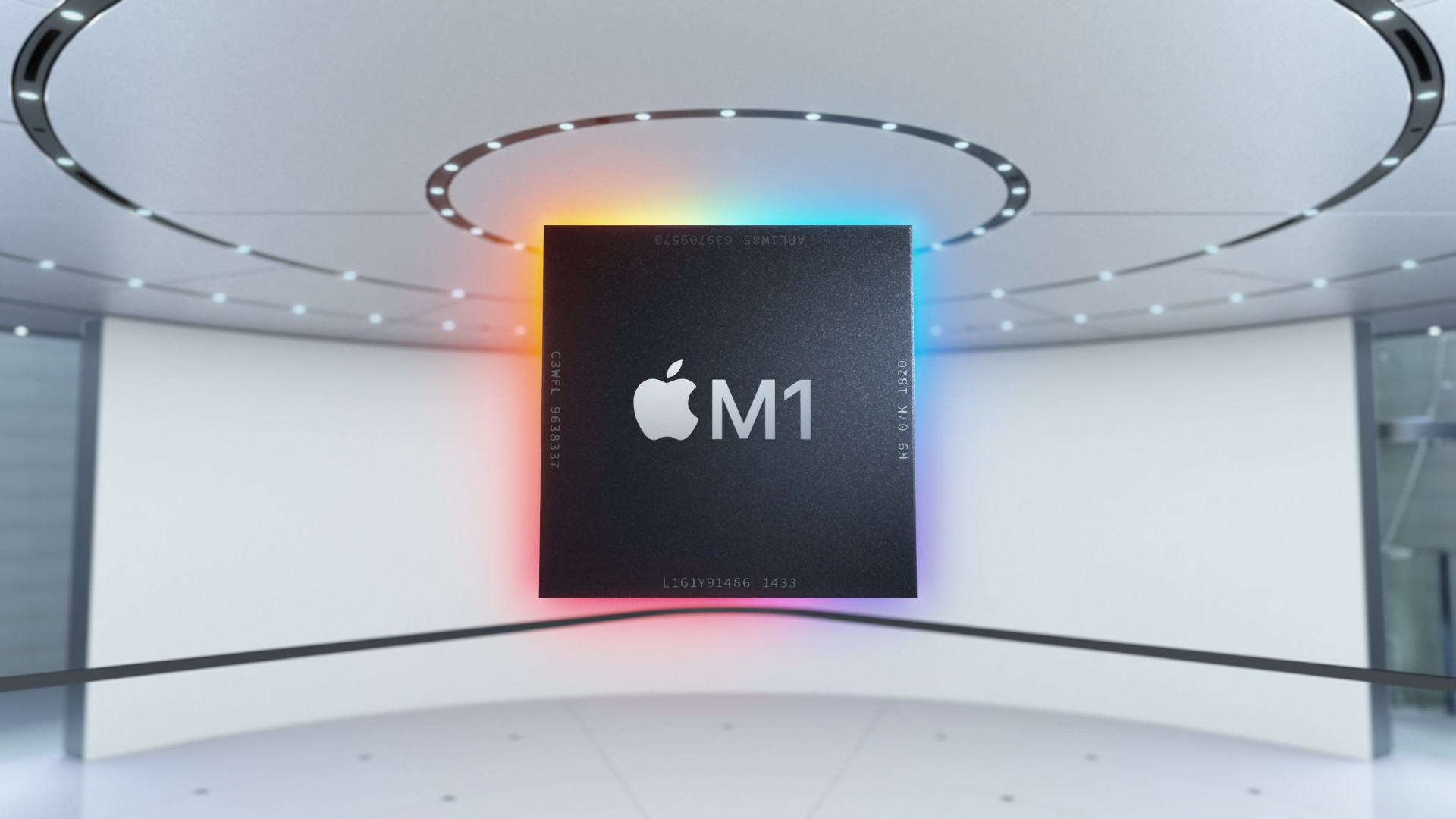
Apple announced the transition to its own Apple Silicon processors half a year ago, at the WWDC20 developer conference, which took place in June. At this conference, we learned that all Apple computers should receive Apple Silicon processors within two years, approximately a year and a half from today's date. Selected developers could already start working on the redesign of their applications thanks to the special Developer Kit, the others had to wait. The good news is that the list of applications that already natively support the M1 processor is constantly growing. The other applications must then be launched through the Rosetta 2 code translator, which, however, will not be with us forever.
From time to time, a list of selected popular applications appears on the Internet, which can already be run natively on the M1. Now this list has been published by Apple itself, within its App Store. Specifically, this selection of apps has text Macs with the new M1 chip have breakthrough performance. Developers can optimize their applications for the tremendous speed of the M1 chip and all its capabilities. Get started with these apps that take full advantage of the M1 chip's power. The most interesting applications on the list include Pixelmator Pro, Adobe Lightroom, Vectornator, Affinity Designer, Darkroom, Affinity Publisher, Affinity Phorto and many others. You can view a complete presentation of the applications that Apple has created using this link.
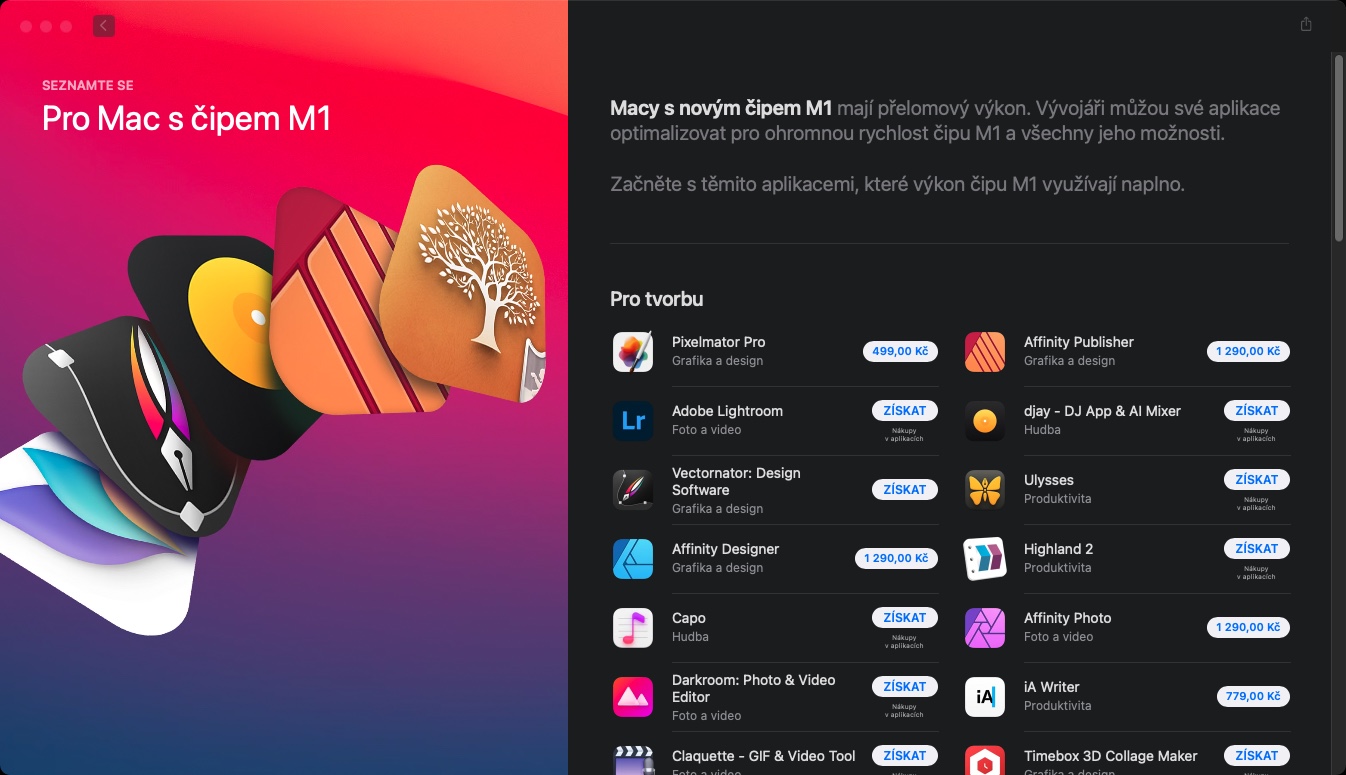
- You can buy newly introduced Apple products, for example, at Alge, Mobile Emergency or u iStores



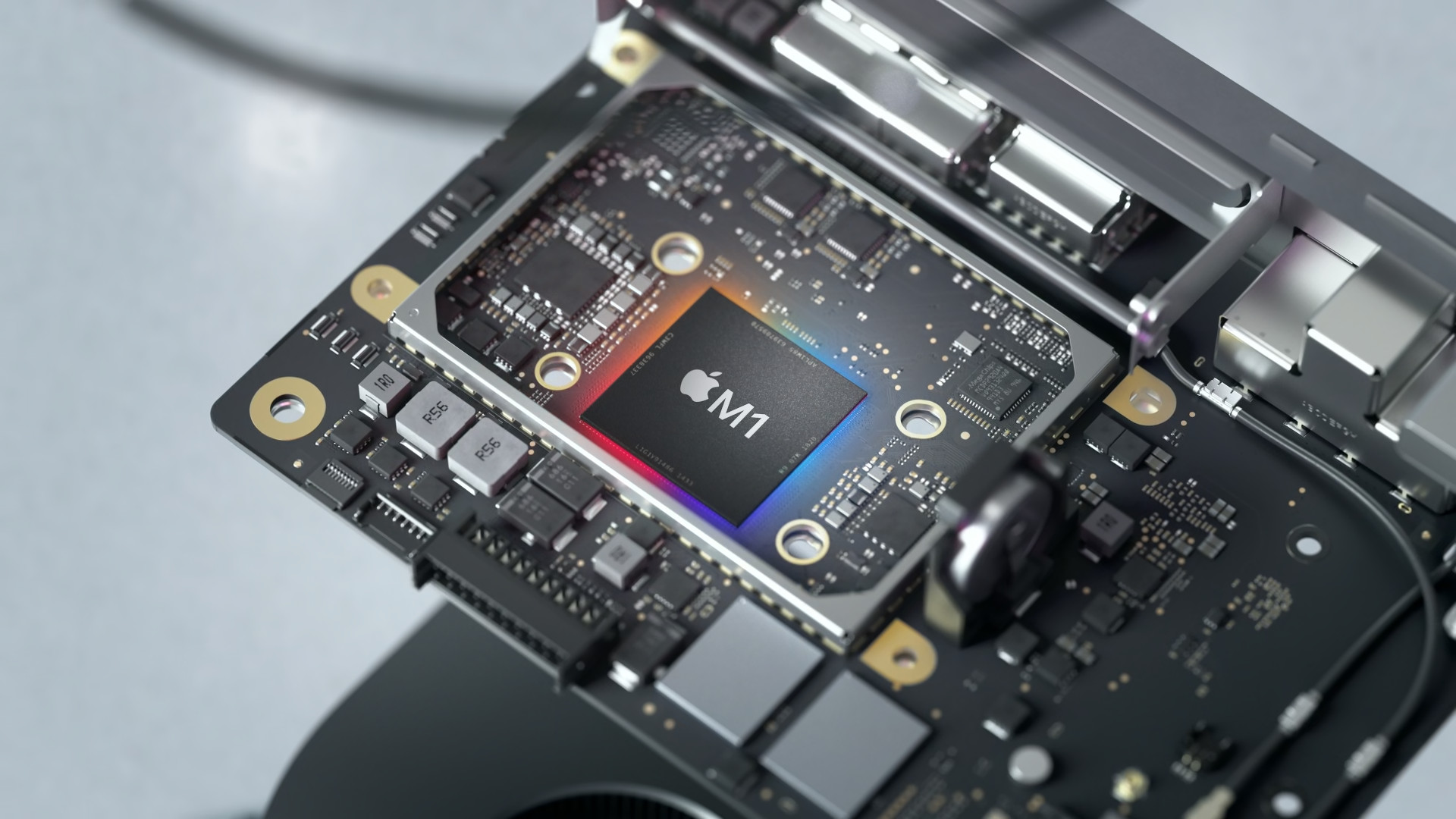

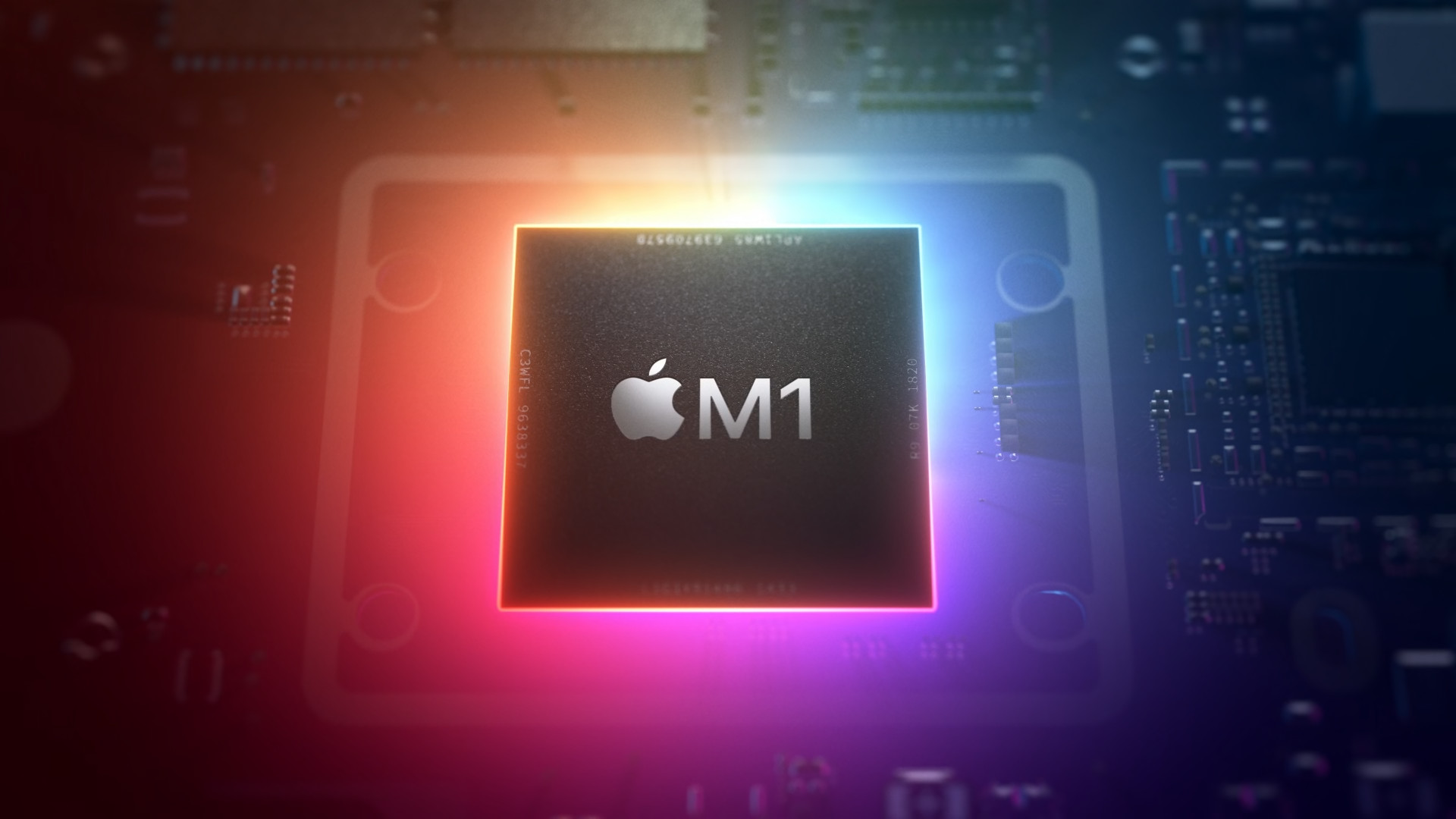
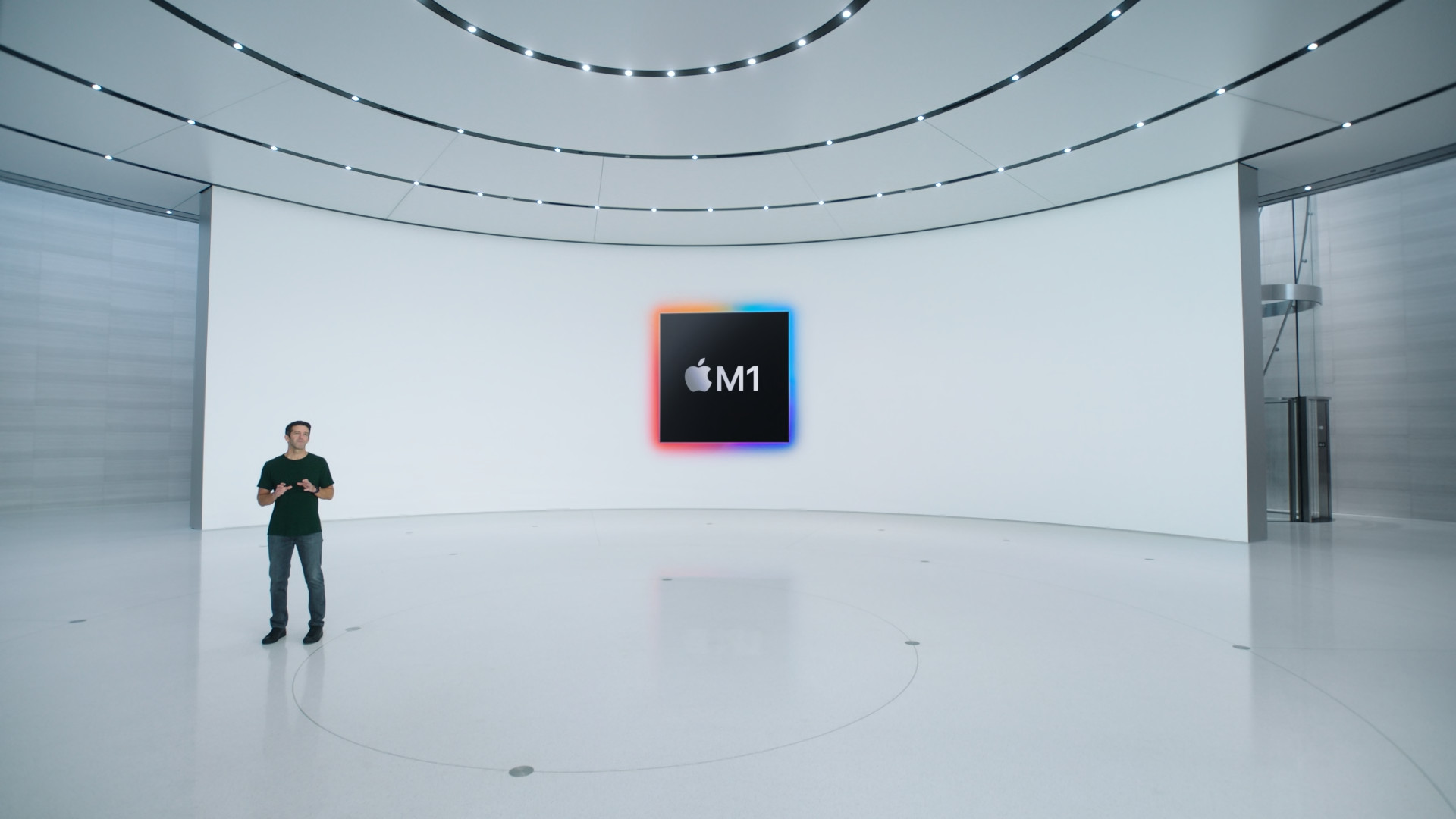
Until there's Homebrew, it's not very useful :-(
On the brew.sh website from 1.12.2020/2.6.0/2.6.0 for version 2.5.0: Today I'd like to announce Homebrew 1. The most significant changes since XNUMX are macOS Big Sur support on Intel, brew commands replacing all brew cask commands, the beginnings of macOS MXNUMX/Apple Silicon/ARM support and API deprecations.